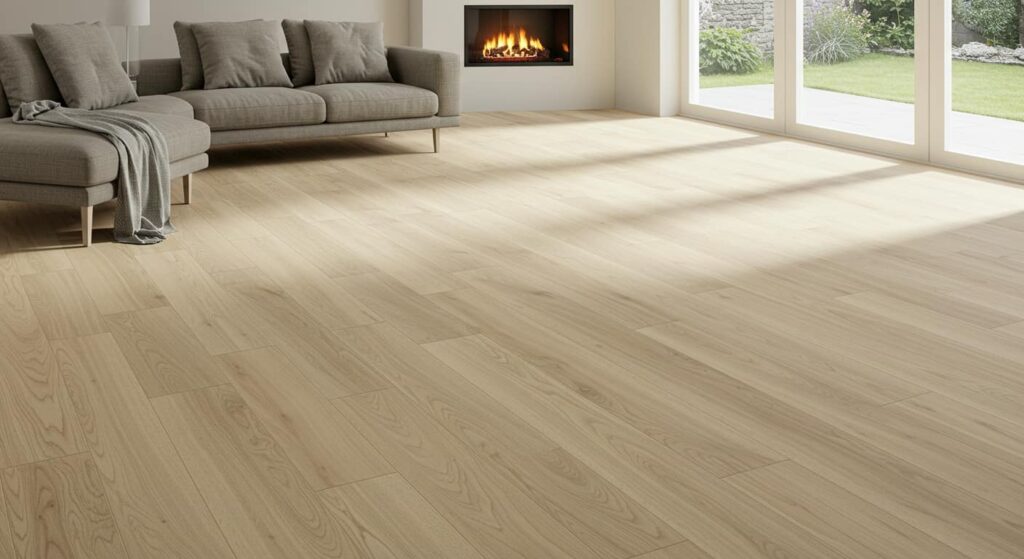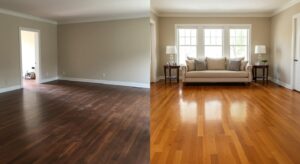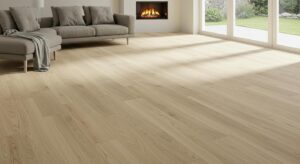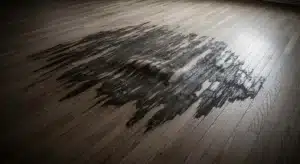If you’re in the market for new flooring, you’ve probably heard great things about white oak flooring. After all, it’s one of the most durable options out there, right?
After decades of experience in the flooring industry, we can easily say white oak is practically bulletproof when it comes to holding up against everyday foot traffic. Let’s walk through everything you need to know about white oak and why it might just be the best option for you.
How Hard is White Oak Compared to Other Woods?
Durable flooring really just means how well the wood can handle whatever life (read: toddlers) can throw at it.
White oak has a Janka score of 1,360. The Janka hardness test is basically a test to measure how much force it takes to embed a steel ball halfway into the wood. If you’re not well aware of what that actually means, just know that 1,360 puts white oak at a pretty sweet spot for residential flooring.
Does White Oak Hide Scratches and Wear?
White oak will shrug off most scratches that would leave marks on softer hardwoods. However, that’s not all. The grain pattern also works in your favor. Yes, the tight and consistent grain is beautiful, but it’s also great at hiding minor scratches and scuff marks.
What this means is that if you happen to scratch your white oak, it tends to blend really well right into the natural grain pattern. This helps make your floors look newer for years to come.
How Well Does White Oak Handle Moisture?
White oak has natural moisture resistance, and that’s exactly what sets it apart from its counterparts. It has cell structures known as tyloses that plug the wood’s pores and create a natural barrier against moisture.
Now this doesn’t mean you can flood your white oak floor and walk away (please don’t try that!), but it does mean that everyday spills and minor moisture exposure won’t cause the warping, cupping, or splitting problems.
We’ve installed white oak for homeowners in their kitchens, bathrooms, and even basements and while this might sound controversial at first, it’s really not. White oak’s natural moisture resistance gives you flexibility in where you can install it.
Is White Oak a Good Option for High-Traffic Households?
Now to the part most of you’ve been waiting for: how does white oak actually perform in real households?
Follow-up visits to white oak installations that are 15-20 years old always show great durability and minimal wear patterns.
In entryways and hallways with the highest foot traffic, white oak shows remarkably little wear compared to softer hardwoods. The hardness and grain structure allow it to handle constant foot traffic while maintaining its structural integrity.
Parents often ask about pet-friendly flooring, and white oak is always our go-to recommendation. It handles dog claws, cat scratches, and the occasional pet accident better than most hardwood options.
Also Read: What Are the Most Durable Hardwood Floor Options?
How Do You Maintain White Oak Floors?
White oak is naturally durable, but that doesn’t mean it doesn’t require proper maintenance. The good news, however, is that it’s not too demanding in terms of care.
Here’s what you need to make sure of:
- Regular cleaning without harsh chemicals
- Clean up spills quickly
- Professional maintenance every now and then helps preserve the floor’s durability
- Daily care typically involves sweeping and occasional damp mopping
If you really want to go the extra mile, you can resort to using rugs and furniture pads.
Where Can You Install White Oak?
Since white oak is exceptionally durable, it’s suitable for virtually any area of your home. Entryways, living rooms, and hallways benefit most. However, like we mentioned earlier, it’s also a good option for kitchens, dining rooms, and basements.
We would request homeowners to proceed with caution when installing in bathrooms or laundry rooms. If you’ve got kids or pets, it might be difficult to keep a dry floor at all times.
With that out of the way, white oak is a great option for families with children and pets. It’s the perfect combination of hardness, grain pattern, and finish compatibility, making it an ideal choice for busy family homes.
Is White Oak Worth the Investment?
The short and sweet answer? Yes.
Its durability directly translates to long-term value for homeowners. While the initial investment is definitely higher than other alternatives, the lifespan and easy maintenance requirements make it incredibly cost-effective over time.
We’ve seen white oak last 50-100 years or even more with proper care. If we consider the cost per year of ownership, white oak floor costs $8 to $12 per square foot and lasts 75+ years and provides great value as compared to other hardwood floors that need replacement every 15 to 20 years.
White Oak Flooring Needs to Be Your Next Home Investment!
The answer should be pretty clear by now: white oak flooring is the smartest way to go. Think about it. How often do you get to buy something that actually gets more beautiful with age while requiring minimal maintenance?
White oak is all about thriving through the daily struggles of life. Those scratches that would ruin other floors? They blend right into white oak’s natural grain. The kids, pets, and decades of family memories? Your white oak floors will be there for all of it, looking as stunning as the day they were installed. Sure, you might pay a bit more upfront compared to some alternatives, but when you break down the cost over 50, 75, or even 100+ years of use, white oak becomes one of the most economical choices you can make. When you’re ready to experience the unmatched durability and timeless beauty of white oak, Floorika Fine Hardwood is here to help.
We specialize in hardwood installations that maximize every durability advantage this remarkable wood has to offer. If worry-free is your motto, get in touch with us today!

